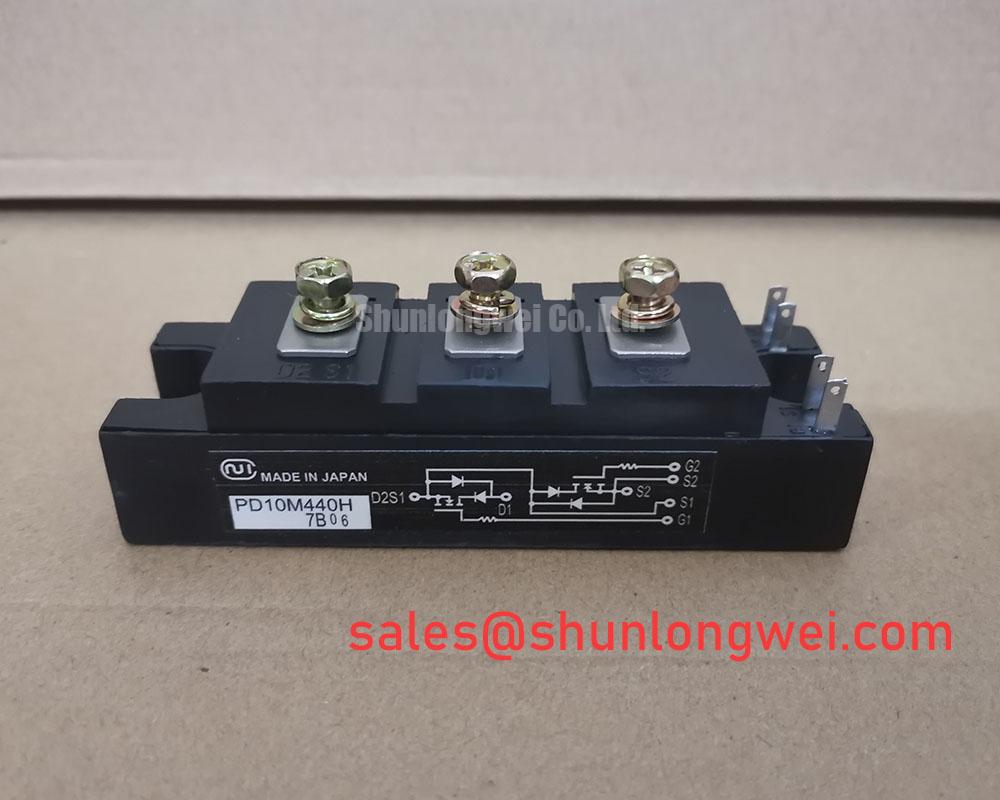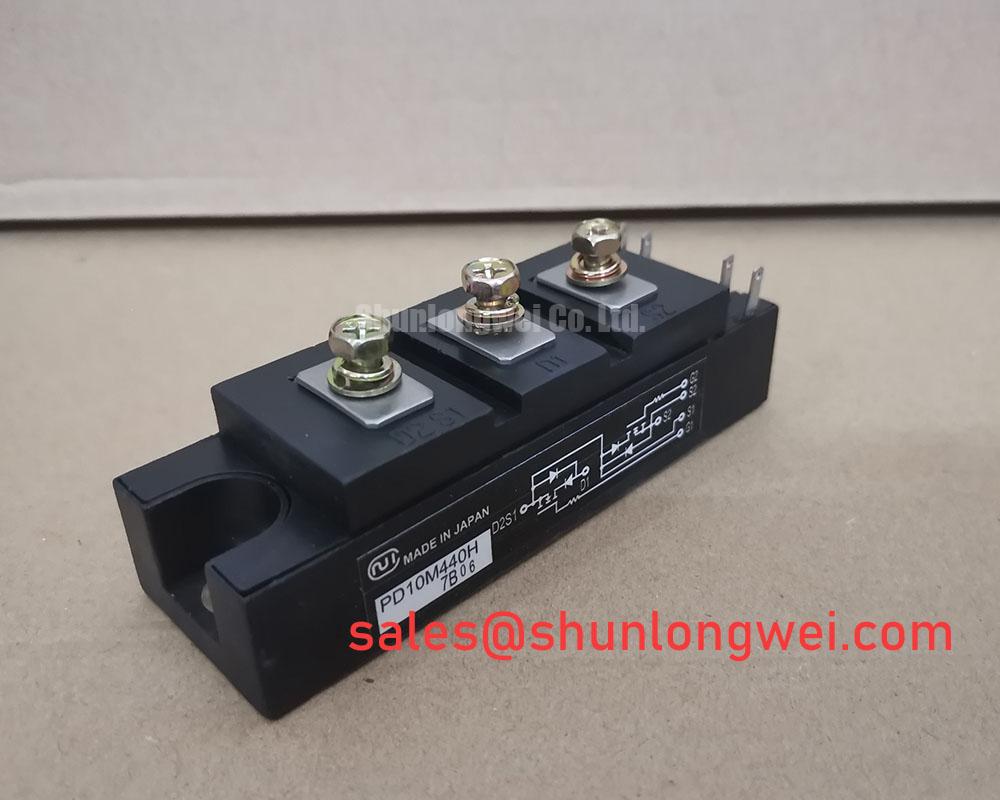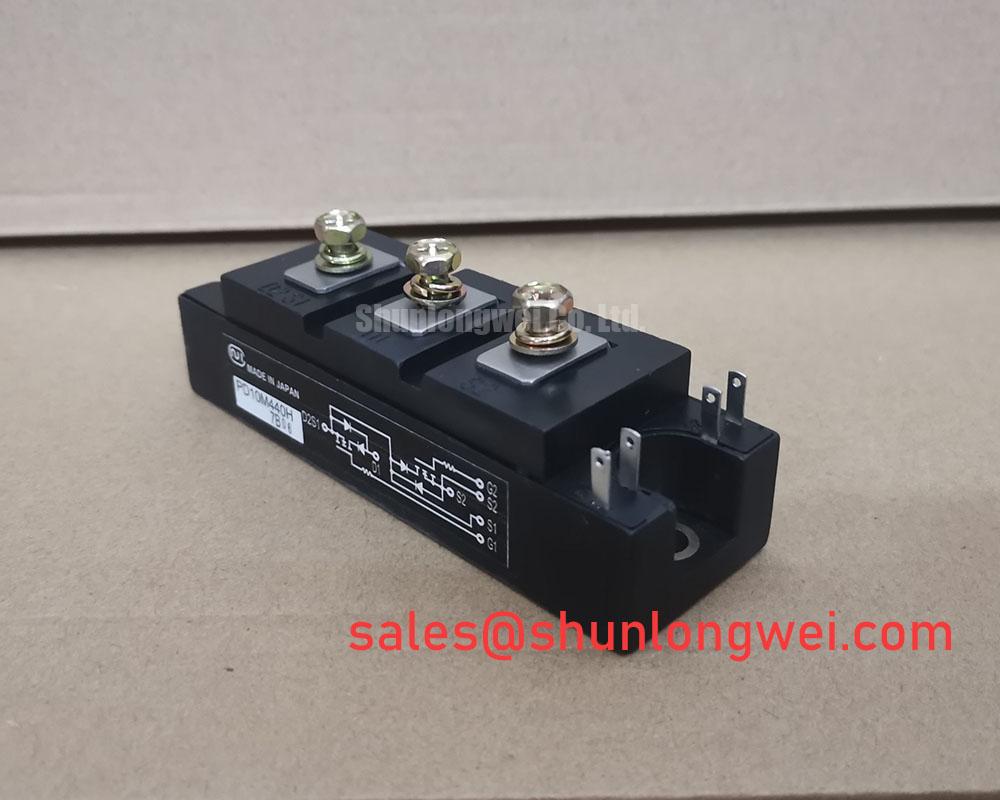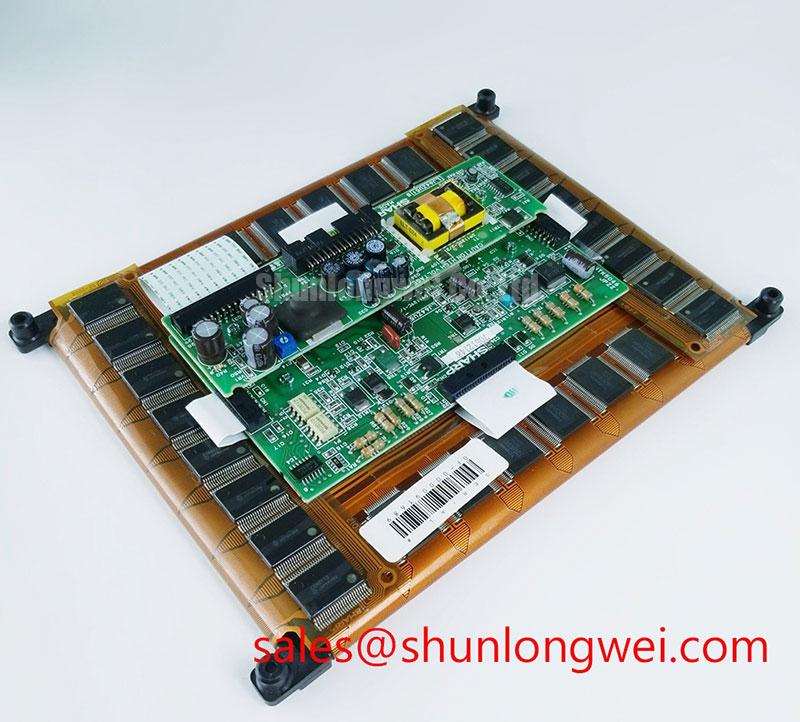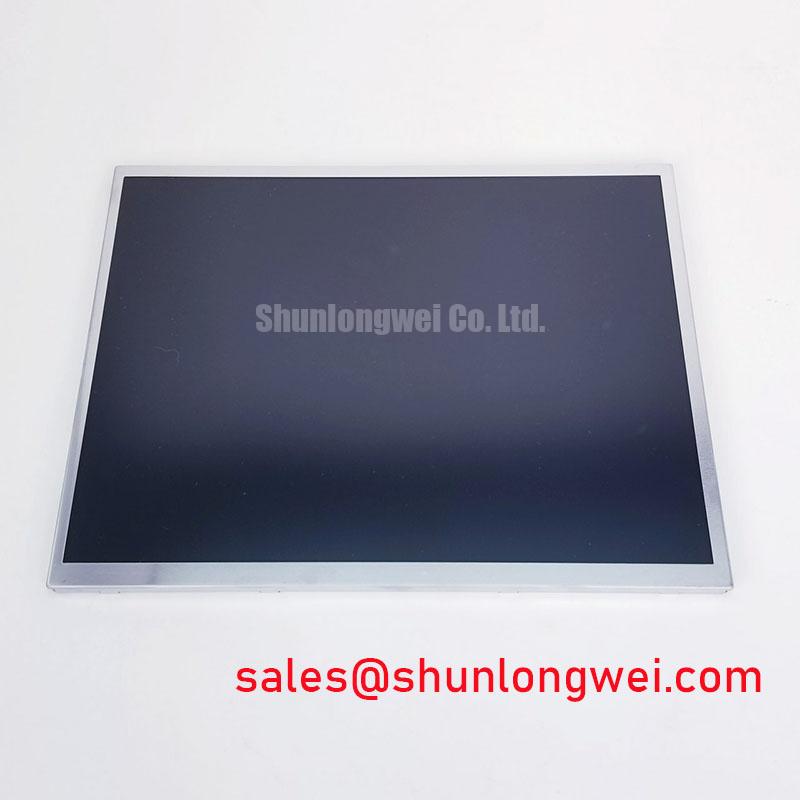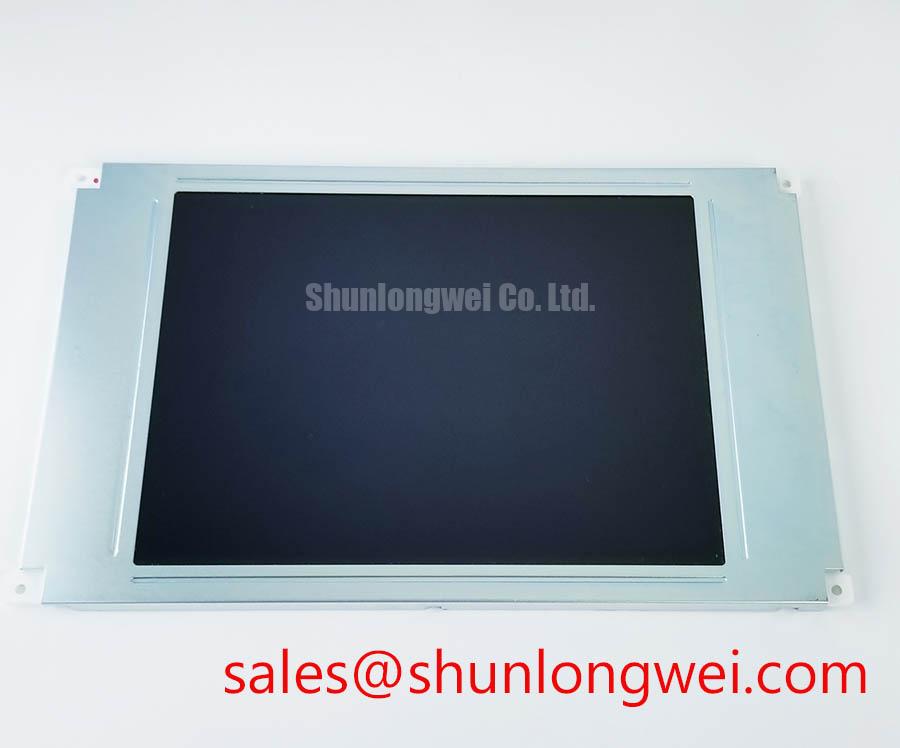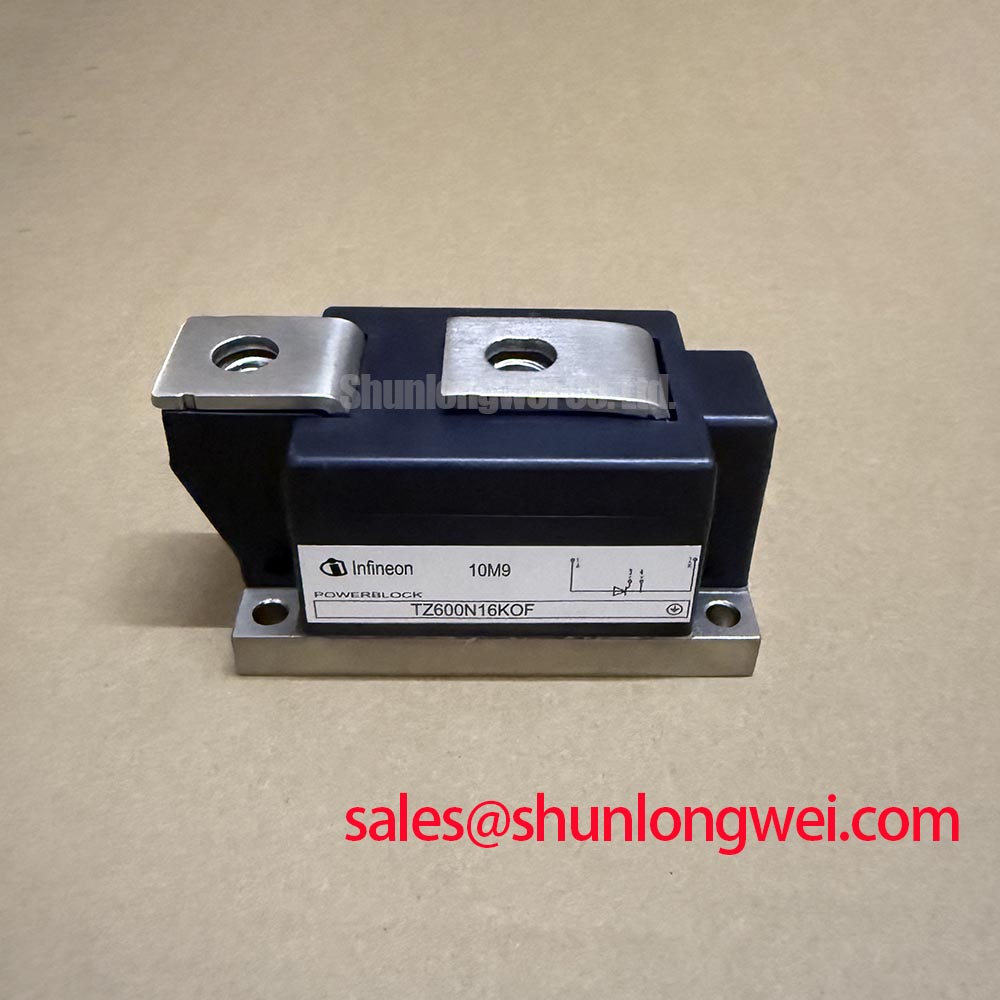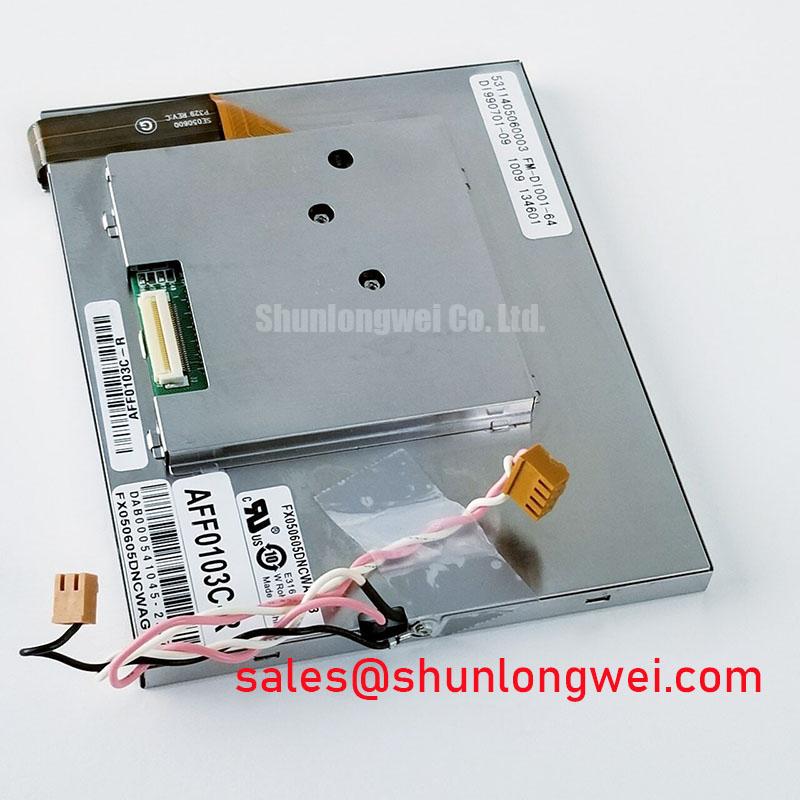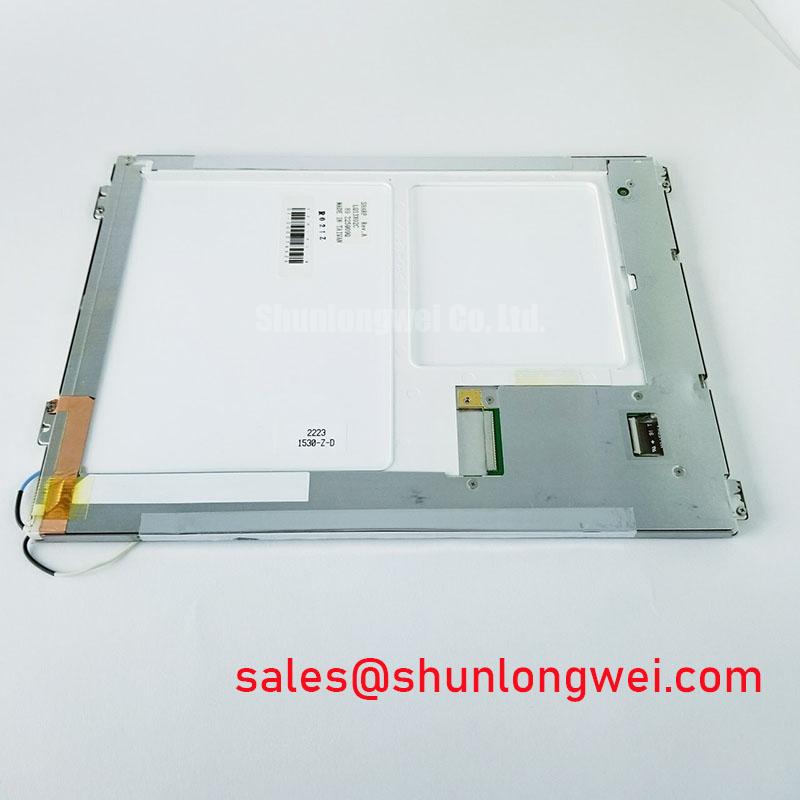Content last revised on October 28, 2025.
NIEC PD10M440H Diode Module: Technical Review for Industrial Rectification
The NIEC PD10M440H is a three-phase diode bridge module designed for reliable AC-to-DC power conversion in compact industrial systems. It delivers a robust rectification solution focused on thermal efficiency and operational longevity. With core specifications of 440V VRRM | 10A IF(AV), this module offers dependable performance and simplified thermal management. It is engineered to provide a stable DC bus for low-power drives and power supplies. For compact motor drives and power supplies operating on 200-240V AC lines, the PD10M440H provides a thermally efficient and cost-effective rectification solution.
Key Parameter Overview
Decoding the Specs for Enhanced Thermal Reliability
The performance of the PD10M440H is defined by its electrical and thermal characteristics. Each specification directly influences its behavior within a power conversion system, impacting everything from heatsink design to overall system durability. What is the primary function of the PD10M440H? It serves as a three-phase bridge rectifier converting AC to DC power.
| Parameter | Value | Engineering Significance |
|---|---|---|
| Repetitive Peak Reverse Voltage (VRRM) | 440V | Provides a crucial safety margin for applications on 200-240V AC lines, protecting the device against common voltage spikes and transients. |
| Average Forward Current (IF(AV)) | 10A | Defines the module's continuous current handling capability, making it suitable for low-power motor drives, SMPS, and battery charging circuits. |
| Surge Forward Current (IFSM) | 110A (50Hz, 1 cycle) | Indicates high robustness against inrush currents during system startup, a critical factor for reliability in applications with capacitive loads. |
| Peak Forward Voltage (VFM) | 1.15V (max) | A lower forward voltage drop translates directly to lower conduction losses and reduced heat generation, simplifying the cooling system design. |
| Operating Junction Temperature (Tj) | -40 to +150°C | The wide operating range ensures reliable performance across diverse and demanding industrial environments. |
| Isolation Voltage (VISO) | 2500V (AC, 1 minute) | Ensures high electrical isolation between the terminals and the mounting baseplate, a key safety requirement for industrial power systems. |
Download the PD10M440H datasheet for detailed specifications and performance curves.
Application Scenarios & Value
System-Level Benefits in Industrial Drive Front-End Rectification
The NIEC PD10M440H is optimized for the front-end rectification stage of low-power industrial systems where reliability and a compact footprint are paramount. A primary application is in Variable Frequency Drives (VFDs) used to control small induction motors in equipment such as packaging machinery, conveyor belts, and automated assembly lines.
In these environments, a common engineering challenge is ensuring a stable DC bus voltage derived from an industrial AC supply that may be subject to noise and transient events. The PD10M440H's 440V VRRM provides the necessary design margin to absorb these fluctuations without compromising the rectifier's integrity. Its ability to handle a surge current of 110A is particularly valuable for managing the inrush current that occurs when charging the VFD's DC bus capacitors at startup. This robustness directly contributes to the longevity of the entire drive system. For applications requiring significantly higher power handling and voltage, the MDS200A1600V serves as a robust alternative for more demanding drive systems.
Application Vignette
Ensuring Uptime in Automated Conveyor Systems with Robust Rectification
Consider an automated conveyor system in a logistics warehouse, which relies on numerous small motors that are constantly starting, stopping, and changing speed. Each motor is controlled by a compact VFD. The reliability of the VFD's power stage is fundamental to the entire system's uptime. The front-end rectifier is the first line of defense, converting the facility's AC power into the stable DC bus voltage required by the inverter stage.
The frequent start/stop cycles impose repeated electrical and thermal stress on the rectifier. The PD10M440H is engineered to withstand this environment. Its conservative voltage and current ratings, combined with efficient heat dissipation from its isolated baseplate, ensure that the junction temperature remains within safe limits even during periods of high demand. By providing a dependable and stable DC source, the PD10M440H helps prevent inverter faults and protects downstream components like IGBTs, directly translating to reduced maintenance and greater operational continuity for the conveyor system.
Frequently Asked Questions (FAQ)
Design and Implementation Queries
What is the significance of the 440V repetitive peak reverse voltage (VRRM)?
The 440V rating provides a critical safety margin for operation on 200V-class three-phase AC lines (e.g., 208V, 220V, or 240V). It ensures the diode junctions are not damaged by the peak line voltages or typical transient overvoltages found in industrial settings, enhancing long-term reliability.
How does the 110A surge current rating (IFSM) benefit a design?
This rating indicates the module's ability to withstand the large, brief inrush of current that occurs when power is first applied to a system with a large DC bus capacitor, such as a VFD or SMPS. This robustness prevents rectifier failure at startup, a common failure point for lesser components.
What are the primary considerations for mounting and cooling the PD10M440H?
For optimal thermal management, the module's metal baseplate should be mounted to a clean, flat heatsink using a thin, uniform layer of thermal interface material. Proper mounting torque is essential to minimize thermal resistance and ensure efficient heat transfer away from the diode junctions.
Can this module be used for single-phase applications?
Yes, while designed as a three-phase bridge, its terminals can be configured for use as a single-phase full-wave bridge rectifier. The engineer must refer to the datasheet to ensure the current and voltage ratings are respected for the specific configuration.
What does the 2500V isolation voltage signify?
The 2500VAC isolation rating between the live terminals and the mounting baseplate is a crucial safety feature. It allows the heatsink to be grounded at the chassis potential without creating a short circuit, simplifying mechanical design and ensuring compliance with industrial safety standards like IEC 61800-5.
From a system designer's perspective, the NIEC PD10M440H module offers a straightforward, no-frills solution for reliable low-power rectification. Its value lies not in cutting-edge performance figures, but in its robust, well-defined characteristics that allow for predictable, repeatable, and durable power stage design. It represents a foundational building block where operational integrity is the primary design driver.

